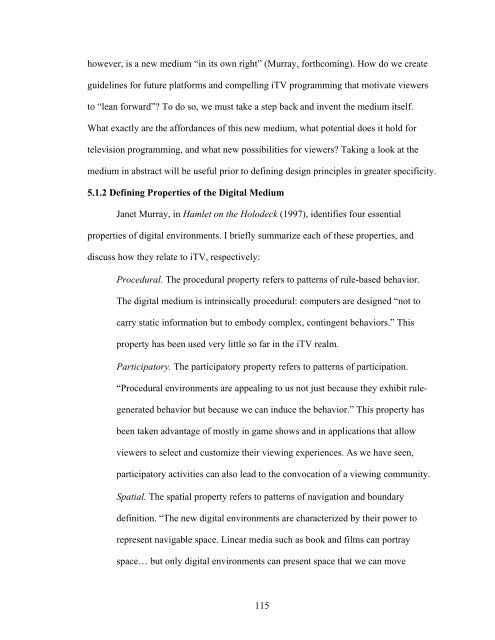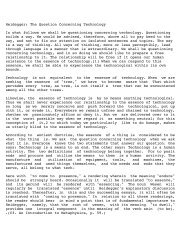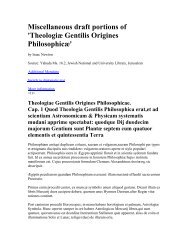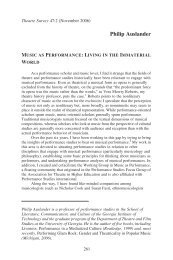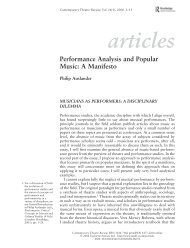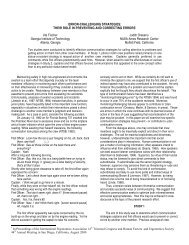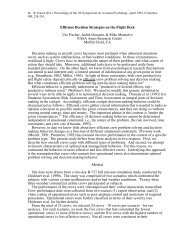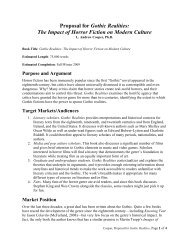INTERACTION DESIGN PRINCIPLES FOR INTERACTIVE ...
INTERACTION DESIGN PRINCIPLES FOR INTERACTIVE ...
INTERACTION DESIGN PRINCIPLES FOR INTERACTIVE ...
You also want an ePaper? Increase the reach of your titles
YUMPU automatically turns print PDFs into web optimized ePapers that Google loves.
however, is a new medium “in its own right” (Murray, forthcoming). How do we create<br />
guidelines for future platforms and compelling iTV programming that motivate viewers<br />
to “lean forward”? To do so, we must take a step back and invent the medium itself.<br />
What exactly are the affordances of this new medium, what potential does it hold for<br />
television programming, and what new possibilities for viewers? Taking a look at the<br />
medium in abstract will be useful prior to defining design principles in greater specificity.<br />
5.1.2 Defining Properties of the Digital Medium<br />
Janet Murray, in Hamlet on the Holodeck (1997), identifies four essential<br />
properties of digital environments. I briefly summarize each of these properties, and<br />
discuss how they relate to iTV, respectively:<br />
Procedural. The procedural property refers to patterns of rule-based behavior.<br />
The digital medium is intrinsically procedural: computers are designed “not to<br />
carry static information but to embody complex, contingent behaviors.” This<br />
property has been used very little so far in the iTV realm.<br />
Participatory. The participatory property refers to patterns of participation.<br />
“Procedural environments are appealing to us not just because they exhibit rule-<br />
generated behavior but because we can induce the behavior.” This property has<br />
been taken advantage of mostly in game shows and in applications that allow<br />
viewers to select and customize their viewing experiences. As we have seen,<br />
participatory activities can also lead to the convocation of a viewing community.<br />
Spatial. The spatial property refers to patterns of navigation and boundary<br />
definition. “The new digital environments are characterized by their power to<br />
represent navigable space. Linear media such as book and films can portray<br />
space… but only digital environments can present space that we can move<br />
115


